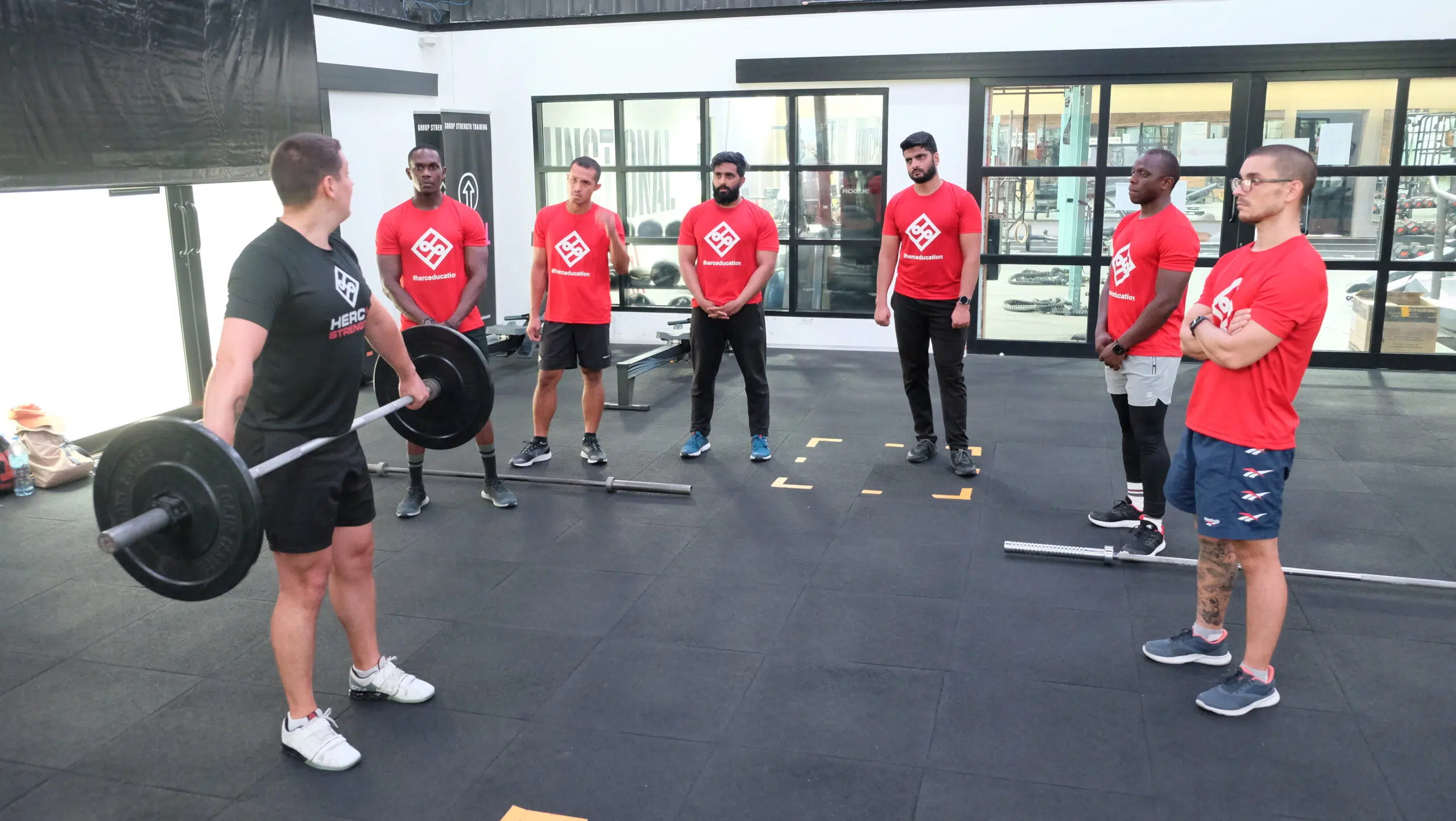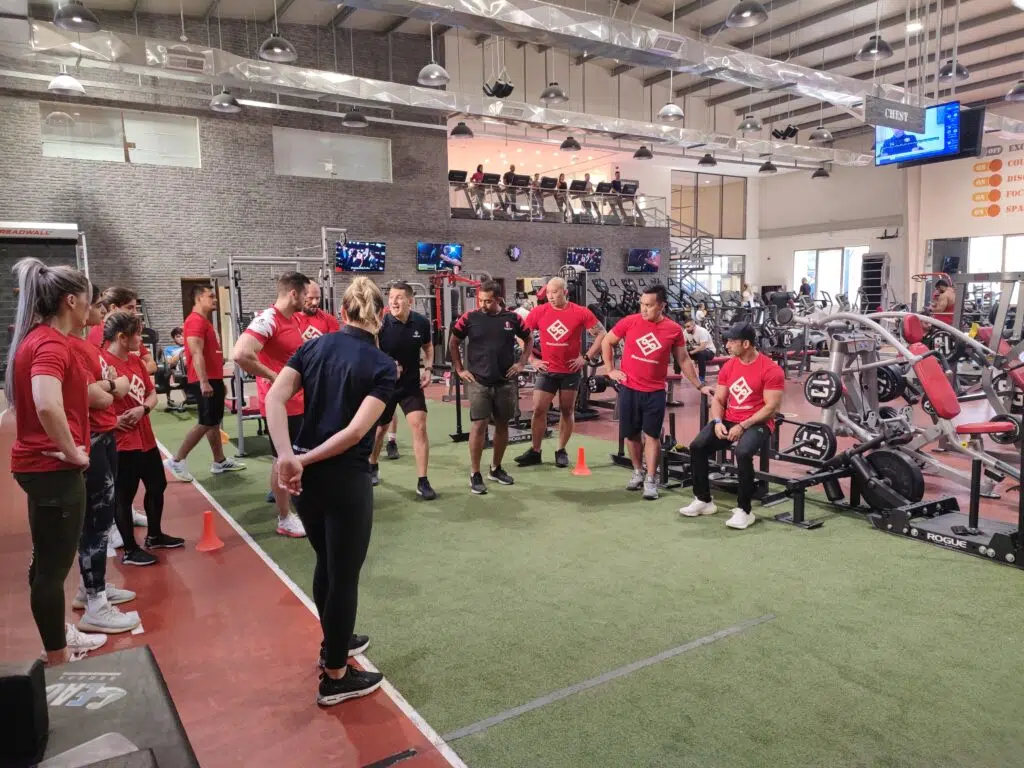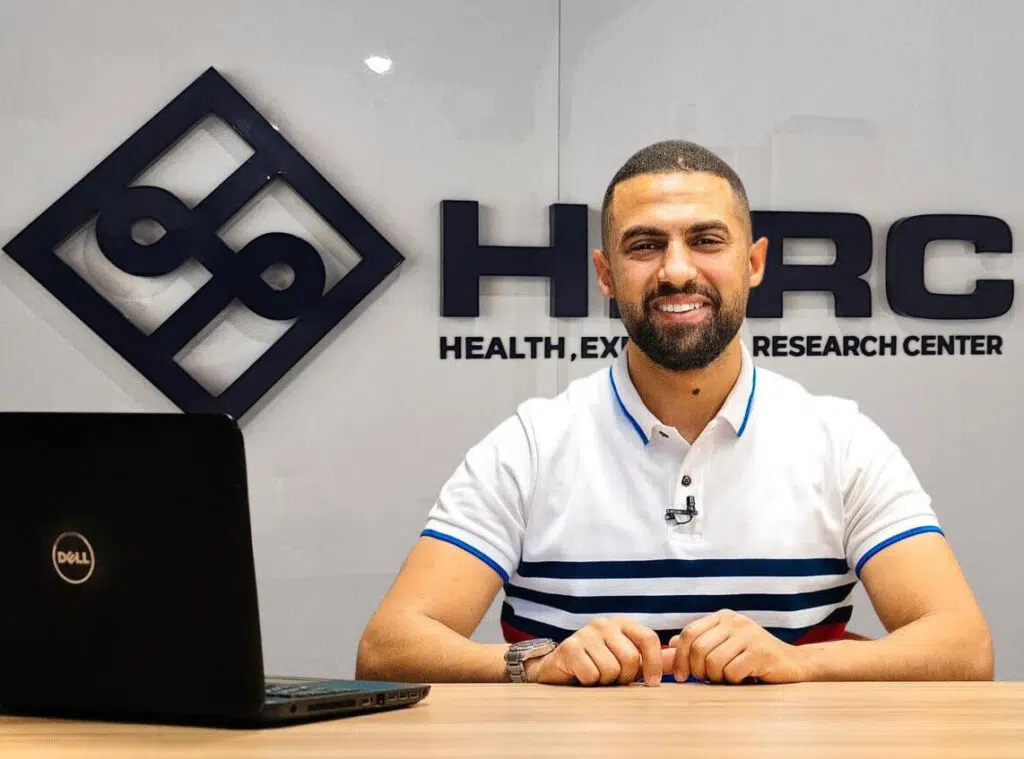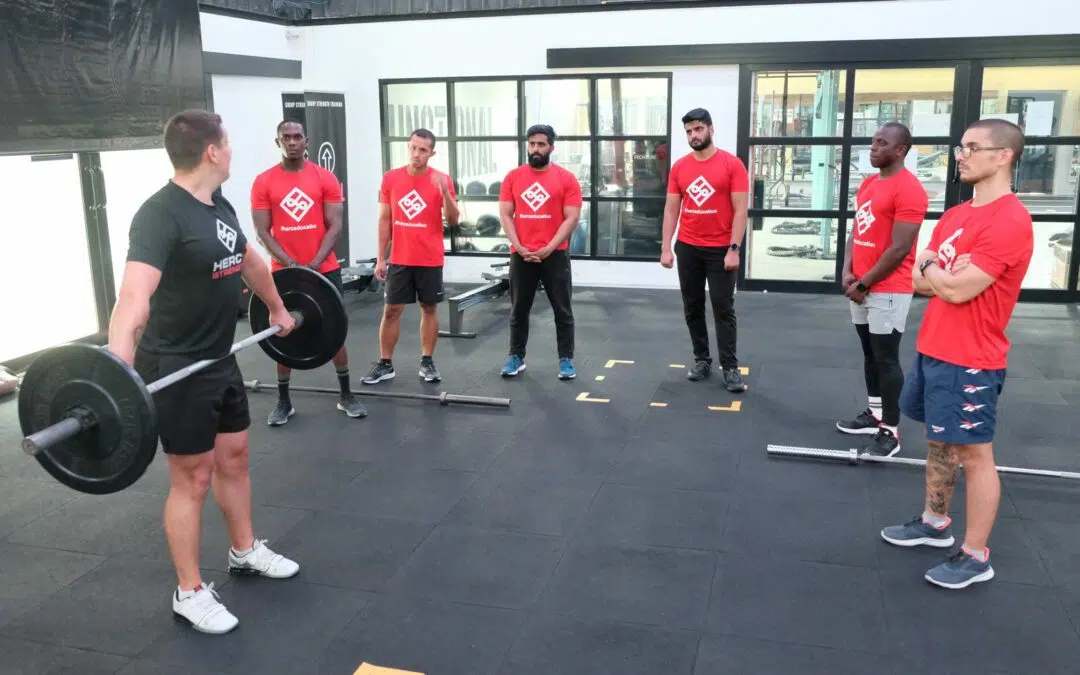
What Is Strength And Conditioning?
Content
- What is strength and conditioning and What are their benefits?
- Who are strength and conditioning specialists (CSCS)/ coaches?
- What are the strength and conditioning program aims?
- Programming terms.
- What are the movements and performance qualities?
- What’s the difference between a Strength & Conditioning Coach and a Personal Trainer?
- References
Introduction
Everyone wants to move better, prevent injuries, and stay active and healthy in any environment, so there are many ways to do this separately. One of the ways we encourage in our century is through strength and conditioning.
Strength and conditioning is a great way to transform your body and get tremendous results, whether you are an athlete, amateur, expert, or just starting out. It encompasses so much more than just lifting weights and focuses on various tools to improve movement, health, and physical performance.
- What is strength and conditioning?
In its simplest form, strength, and conditioning is the practical application of sports science to enhance movement quality. It is grounded in evidence-based research and the physiology of exercise and anatomy. We all move and therefore benefit from a better quality of movement.
Strength and conditioning was a niche environment believed only to be for athletes. However, as more people understand the many benefits of movement-based fitness, the strength and conditioning market is growing. Methods include plyometrics, speed and agility, mobility, core stability, endurance, weight training, and more, depending on the individual or team’s needs!

At HERC Strength & Conditioning course (Level 4 RQF)
What are the benefits of strength and conditioning?
- Improved performance
Firstly, we focus on movement quality to improve performance; this can be in any sport focusing on speed, strength, and power. However, equally, it could improve performance in real-life scenarios, such as standing up quickly for elderly clients.
Performance can be improved by the technical, physical, tactical, or mental factors that starting a strength and conditioning routine has on participants.
- Injury prevention
Secondly, we focus on preventing injury. For example, developing better movement patterns helps to prevent injury in athletes, which can help accelerate their careers. In our real-life scenario, this could be an elderly client working on proprioception & balance to help them fall less frequently.
A key pillar in strength and conditioning training is thoroughly assessing a client’s movement patterns so that one can use movement-correct techniques to prevent injuries. Injury prevention is highly beneficial to athletes and amateurs alike.
- Enhanced general health
- Strengthen bones
- Improved posture
- Improved mood
2. Who are strength and conditioning specialists (CSCS)/ coaches?
Certified strength and conditioning specialists (CSCS)/ coaches are professionals who apply scientific knowledge to train athletes to improve athletic performance. They conduct sport-specific testing sessions, design and implement safe and effective strength training and conditioning programs, and provide nutrition and injury prevention guidance. Recognizing their expertise is separate and distinct, as they consult with and refer athletes to other professionals when appropriate.
A strength and conditioning coach is critical to maximizing clients’ capabilities to improve performance. Strength and conditioning coaches will be able to identify critical improvement areas and measure results accurately.
A strength and conditioning coach will also be able to identify which movement patterns are out of bounds and how to use exercise to condition muscles back to performance.
The responsibilities and professional scope of practice for Strength & Conditioning professionals can be subdivided into “Scientific Foundations” and “Practical/ Applied.” Each of these involves corresponding activities, responsibilities, and knowledge requirements.
Scientific Foundations.
- Exercise Sciences (Anatomy, Exercise Physiology, Biomechanics, etc.)
- Nutrition
Practical/Applied.
- Program Design
- Exercise Technique
- Organization & Administration
- Testing & Evaluation

At HERC Strength & Conditioning course (Level 4 RQF)
3. What are the strength and conditioning program aims?
The benefits of a good strength and conditioning program will vary for every individual, depending on their abilities and goals; a strength and conditioning program will look to improve your client’s performance over time. Therefore, programming is performance-specific using scientifically-backed training methods.
4. Programming terms
Reps, sets, intensity, volume, frequency, duration, density,1rm, rating of perceived exertion (RPE), max-strength, power(force-velocity), muscular endurance, failure, periodization and etc.
5. What are the movements and performance qualities?
- Movement qualities:
Push, pull, hinge, core stability & dynamic patterns, lunges, bend, and more
- What are the performance qualities?
Power, max-strength, muscular endurance, power-endurance, cardiovascular, aerobic, and anaerobic capacity, speed, agility, mobility-flexibility, balance, rate of force production, cod, and more
6. What is the difference between a Strength & Conditioning Coach and a Personal Trainer?
Personal trainers and strength and conditioning coaches are fitness professionals who spend most of their working hours training others in fitness centers and athletic facilities.
Personal trainers work with all ages and fitness levels from the general population to help individuals achieve greater personal fitness and well-being. Personal trainers may work out of gyms and other athletic facilities, within a hospital or clinic, or as freelance private trainers. These professionals design exercise programs to help individuals improve their health, well-being, fitness, and physiques. Other personal trainers may work in public gyms, fitness centers, or retirement homes, motivating groups of people to exercise, eat right and get into shape.
Finally, some personal trainers earn ancillary certifications in specialized fitness areas such as yoga or Zumba. However, they mostly use traditional cardiovascular, strength-training, and flexibility techniques during private or small group sessions.
Job responsibilities of a personal trainer include:
- Review medical histories and personal needs
- Design individualized fitness plans for clients
- Monitor progress using tools such as BMI, body fat percentage, and measurements
- Adjust fitness plans to meet evolving client needs
- Maintain a safe environment for clients at all times
Strength and conditioning coaches are more advanced professionals tasked with improving the performance of athletes and athletic teams. They may also assist with the rehabilitation of injured athletes. In the last few decades, athletic teams have increasingly hired strength and conditioning coaches to help elevate the physical performance of their athletes. A strength and conditioning coach analyzes the sport, positions, and players to develop individualized training plans designed to increase strength, speed, stamina, and agility. Football offensive linemen, for example, require a very different training emphasis than basketball centers. Strength and conditioning coaches design workout schedules, demonstrate exercises, and coach athletes through workouts. Injury prevention is a major part of the programs they design, as athletic injuries can be devastating for the player and team. They may work with special populations, particularly rehabilitating athletes, though they may also work with other medical patients under a physician’s supervision and recommendation.
Job responsibilities of a strength and conditioning coach include:
- Conduct tests for agility, strength, endurance, and power
- Interpret and analyze sports, players, and positions
- Design seasonal training programs for multiple positions and/ or teams
- Monitor the performance progress of athletes
- Provide nutritional guidance
- Lead and motivate during training sessions
7. References
https://www.nsca.com/certification/cscs/
About the author

HERC’s Associate: Mohammed Ibrahim ElRakhawy
Mohammed is a Doctoral student in Sports Science and physical education at Mansoura University in Egypt. He earned his bachelor’s and master’s degrees from the same university, specializing in Swimming. He is mostly coaching strength & conditioning for swimming. Before moving to the UAE, he worked as a Strength & Conditioning coach for the Egyptian Association for PE & Sports Science and Alhawar Club in Egypt. Mohammed is passionate about everything related to S&C, and he lectures on various topics from the field.

